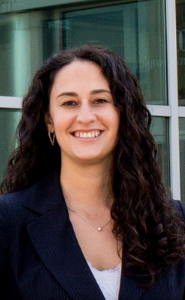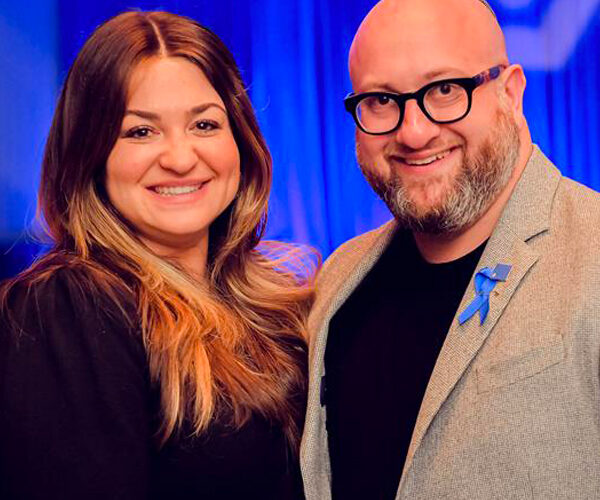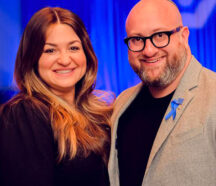Put the Stretch Back into
Your Clients’ IRAs

Due to the passage of the SECURE Act, one of the most useful planning tools involving an IRA has ended; the “Stretch” has all but been eliminated for your client’s non-spouse heirs. Under the new rules, most IRA inheritors are required to take full distribution of the IRA assets within 10 years, which could expose them to much higher tax bills during what might possibly be their highest income-earning decade. So what options are left for those clients with large IRAs?
A potential work around for your clients with IRAs/401(k)s/retirement plans who want to provide an income stream for their heirs, and who are charitably inclined, is to establish a Testamentary Charitable Remainder Trust (Testamentary CRT) and to name that trust as their IRA beneficiary. A Testamentary CRT is an irrevocable trust that becomes active after the death of the IRA holder. With this approach, income can again be spread over the lifetime of your clients’ beneficiaries, or for a term of years (not to exceed 20 years) before the remainder passes to your clients’ favorite charity(ies). For your clients with philanthropic intent and relatively large IRAs, this option may be a good one. For the rest of your clients with more modest IRAs, the most tax-savvy planning tip may be to simply designate what is left in their IRAs to one or more charities and use other assets to benefit their heirs. Using this tactic, IRA assets will not be subject to income taxes and your clients’ favorite charities will reap the benefits.
So, when does it make sense for your clients with IRAs to consider a Testamentary CRT?
- First, they must have a strong desire for their IRA gift to convert to a lifetime income stream (or term of years) for their heirs, versus providing them with a lump sum or variable distribution. The trade-off is that with a Testamentary CRT, while heirs gain a long-term income stream, they lose payout flexibility and access to principal. The Testamentary CRT payout percentage is fixed, and no additional amounts are available to the beneficiaries. With an inherited IRA there are no payout restrictions other than that all funds must be withdrawn within the 10-year window. For example, with an inherited IRA the heirs could decide not to take distributions in a high-income/high-tax-rate year and then decide to take out large distributions in a low-income/low-tax-rate year. Not so with a Testamentary CRT. That said, for clients who are worried about beneficiaries squandering a large lump sum or who desire to benefit beneficiaries like children and charities, Testamentary CRTs can be ideal. Even more, if the trust assets are invested well over the term of the trust, the income beneficiaries can receive a large amount of money, even up to or in excess of the dollar amount that was donated to the trust.
- Second, your clients’ IRAs must be large enough such that it is likely that the mandatory 10-year drawdown period would create a significant tax burden on their heirs that inherit their IRAs. This is particularly an issue if your clients’ beneficiaries are already in a high tax bracket, and that this additional income during their possible peak earning years would push them into an even higher tax bracket. Another important consideration is that assets in the CRT can grow tax-free over the extended period of the beneficiaries’ lifetimes (just like the stretch IRA used to work) rather than only having 10 years of tax-free growth. This can result in much larger amounts of wealth shifting from one generation to another, and to fortunate charities.
- Third, let’s examine the potential tax benefits of Testamentary CRTs. Because these retirement assets often constitute a significant portion of your clients’ net worth, testamentary gifts of these assets into a CRT can make good income and estate tax planning sense. Retirement plan assets are potentially subject to multiple levels of taxation, including income, estate and generation-skipping taxes. As a result, leaving retirement plan assets to family can be expensive; in fact, taxes could consume more than half the value of the account especially for those people subject to estate tax. Additionally, with the lifetime estate and gift tax exemptions set to sunset in 2025, more people may become subject to estate tax in the not-too-distant future.
To see a side-by-side comparison of a 10-year payout versus 20-year 5% CRUT payout on a $500,000 IRA, click here.
So how to get started? As a first step, the terms of the CRT can be included in either the clients’ revocable living trust or will, in a revocable trust set up but not funded during the clients’ lifetime, or as an attachment to the retirement plan beneficiary designation form. You can guide your clients as to which particular trust type and payout rate to choose for the CRT based on their particular situation and the predicted age of the beneficiaries when the trust is likely to come into play. Note that it is possible for your clients to adjust the trust type or payout rate during their lifetimes by simply amending their trust or by executing a codicil to their will.
The second step is for your clients to complete a beneficiary designation form that specifically names the Testamentary CRT as the beneficiary of their retirement plan assets.
The Associated, along with many other large charitable institutions, have life income gift programs and thus may be able to serve as Trustee of a Testamentary CRT when it is eventually funded.

To learn more about whether a Testamentary Charitable Remainder Trust is right for your clients or how to help maximize the financial and charitable benefits of any charitable planning strategies available to your clients, contact Jackie Yahr at 410-369-9248 or jyahr@associated.org.
This is for informational purposes only and should not be construed as legal, tax or financial advice. When considering gift planning strategies, your clients should always consult with their own legal and tax advisors.
Subscribe to our newsletter
The Associated is a home for everyone in the Baltimore Jewish community. We offer several email lists to help people find a community, engage with their peers and support Jewish journeys around the world.
Join Our Mailing ListAdd Impact to Your Inbox
Sign up for our newsletter
Subscribe to our newsletter
The Associated is a home for everyone in the Baltimore Jewish community. We offer several email lists to help people find a community, engage with their peers and support Jewish journeys around the world.
Join Our Mailing List









 Please Wait while we loading your video.
Please Wait while we loading your video.